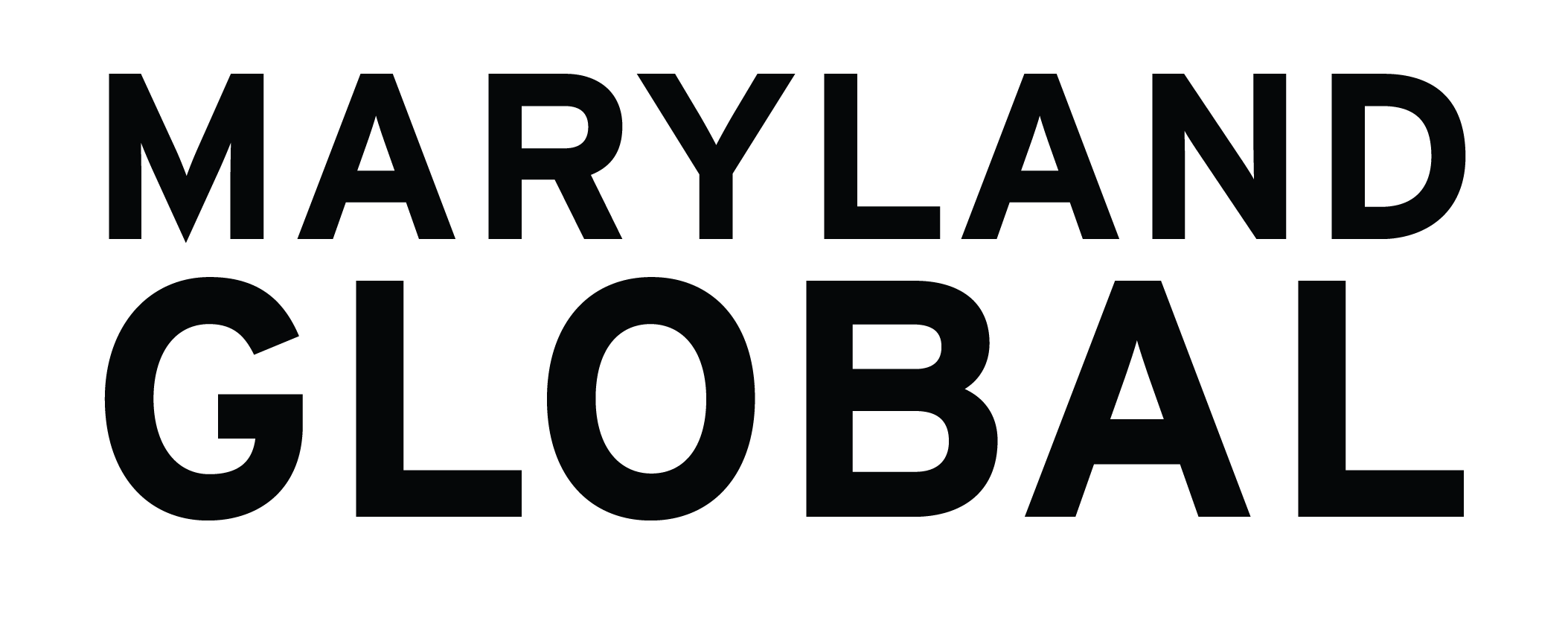Financial Aid
Bring your financial aid with you when you study abroad.
Financial Aid Types
Federal Aid
Provided that all relevant paperwork is completed at least one month before the start of a student's term abroad, all federal and university aid can be used to fund study abroad. This includes:
- Pell grants
- SEOG grants
- Stafford loans
- Perkins loans
- PLUS loans
- University merit scholarships (such as Banneker/Key, President’s, or Dean’s scholarships)
- Departmental scholarships (except for the Performing Arts Scholarships)
- Private funding sources (such as private loans or scholarships)
State Aid
Maryland state aid may not be applied towards Other Approved Programs. Be sure to complete the required steps for applying your aid to the program type you plan to attend. Refer to the Office of Student Financial Aid (OSFA) website for details on how and when financial aid is applied to your program costs.
Terp Payment Plan
You may use the Terp Payment Plan to spread out the payments for tuition and the program fee for Exchanges, Maryland Semester, Affiliate, and Freshmen Abroad programs during fall, spring, and full-year terms. Terp Payment plan cannot be applied to Maryland Short-term program or any other program that takes place in summerterm, winterterm, or spring break. It is your responsibility to submit enrollment forms with the correct amounts for tuition and other costs by the deadline stated on the website of the Office of Student Financial Services and Cashiering.
Third Party Billing
If a private or government agency will pay the study abroad program fee charged to your UMD account and requests a bill from UMD, please see the Office of Student Financial Services and Cashiering website on Third Party/ Sponsored Billing for instructions. Your EA advisor can provide a breakdown of the program fee if needed for this purpose.
Private or National Scholarships, College Savings, and 529 Plans
It is your responsibility to check with the provider of the scholarship or administrator of the 529 plan to confirm applicability to the cost of study abroad. If you receive a scholarship from a source outside the university, use a College Savings, or use a 529 Plan to pay for college, please see the Office of Student Financial Services and Cashiering webpage for instructions and guidelines. Your EA advisor can provide a breakdown of the program fee if needed for this purpose.
Tuition Remission
You may apply UMD tuition remission to Maryland Semester, Maryland Short-term, Freshmen Abroad, Exchange, and Affiliate Programs. Tuition remission cannot be applied to study abroad application fees, deposits or other tuition costs not directly billed to your UMD account. Tuition remission may not be applied to Other Approved Programs. Please note that there are limitations to the amount of study abroad costs covered by tuition remission.
Tuition remission benefits can only cover what is defined as the tuition portion of the program fee, up to the maximum allowable tuition remission amount. Tuition remission is credited at the prevailing standard in-state credit hour rate at the time the class is taken. The study abroad program fee sometimes includes housing, so the entire program fee may not be tuition. Because of this, credited tuition remission only accounts for the amount associated with tuition, up to the qualified tuition remission benefit. Students will be responsible for fees and the difference in tuition that exceeds the prevailing standard in-state credit hour rate for the maximum allowable credits for that term. We encourage students to speak with the benefits office to confirm their tuition remission benefits.
Examples
Undergraduates: The 1 credit rate for 2023-2024 is $412. A student enrolled in a 3 credit winter program would receive up to $1,236 in remitted tuition. However, if the tuition portion for the study abroad program is listed as $1,100 then the student will only receive $1,100 remitted which is the total amount for the tuition portion of the program fee. Subsequently, if the tuition portion of the program fee is $3,300, the student would only receive the $1,236, which is the maximum allowed for their tuition remission.
Graduates: The 1 credit rate for 2023-2024 is $828. A student enrolled in a 3 credit winter program would receive up to $2,484 in remitted tuition. However, if the tuition portion for the study abroad program is listed as $1,500 then the student will only receive $1,500 remitted which is the total amount for the tuition portion of the program fee. Subsequently, if the tuition portion of the program fee is $3,300, the student would only receive $2,484, which is the maximum allowed for their tuition remission.
Veterans’ Benefits
If you receive VA Education Benefits, you should contact the Veterans Certification Office when considering study abroad to ask how benefits may or may not be applied to the cost of study abroad. Your EA advisor can provide a breakdown of the program fee if needed for this purpose.
For any other questions related to being a veteran or military-connected student and to see all the services available to you, please connect with the Office of Veteran Student Life by going to veterans.umd.edu(link sends e-mail).
Apply Financial Aid to Study Abroad
All aid disburses approximately 10 days before the start of the term in College Park, regardless of the start date of the study abroad program. Follow the steps below based on your program type to ensure that aid will apply to your program
- Complete a financial aid budget with your Education Abroad advisor when starting the Study Abroad Course pre-approval (SACA) form
- Turn in the financial aid checklist, budget, and signed Study Abroad Course pre-approval (SACA) form to the Education Abroad front desk
- Submit a direct deposit authorization form by the end of the semester before the study abroad term
- Education Abroad submits the cost of attendance budget and list of participants to the Office of Student Financial Aid
- You do not need to submit additional paperwork to OSFA but may contact a financial aid counselor if you have questions about your aid
- Submit a direct deposit authorization form by the end of the semester before the study abroad term
- Complete a financial aid budget with your Education Abroad advisor when starting the course pre-approval form
- Turn in the financial aid checklist, budget, and signed Study Abroad Course pre-approval (SACA) form to the Education Abroad front desk
- Submit a direct deposit authorization form by the end of the semester before the study abroad term
- Complete a financial aid budget with your Education Abroad advisor when starting the Study Abroad Course pre-approval (SACA) form
- Turn in the financial aid checklist, budget, and signed Study Abroad Course pre-approval (SACA) form to the Education Abroad front desk
- Your host institution must submit a consortium agreement including proof of full time course enrollment before aid can be disbursed
- Submit a direct deposit authorization form by the end of the semester before the study abroad term

